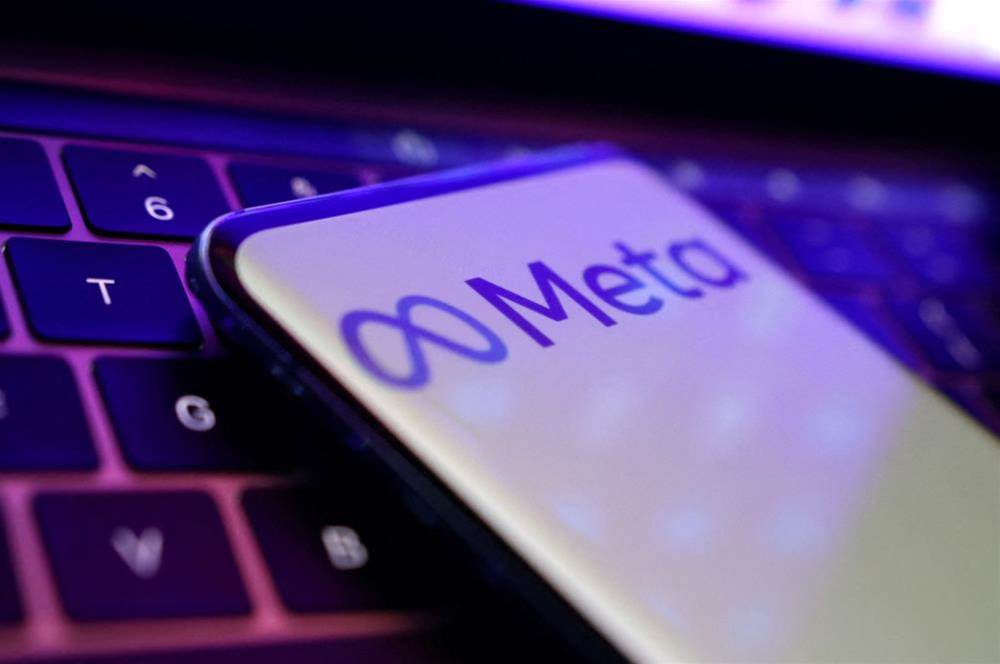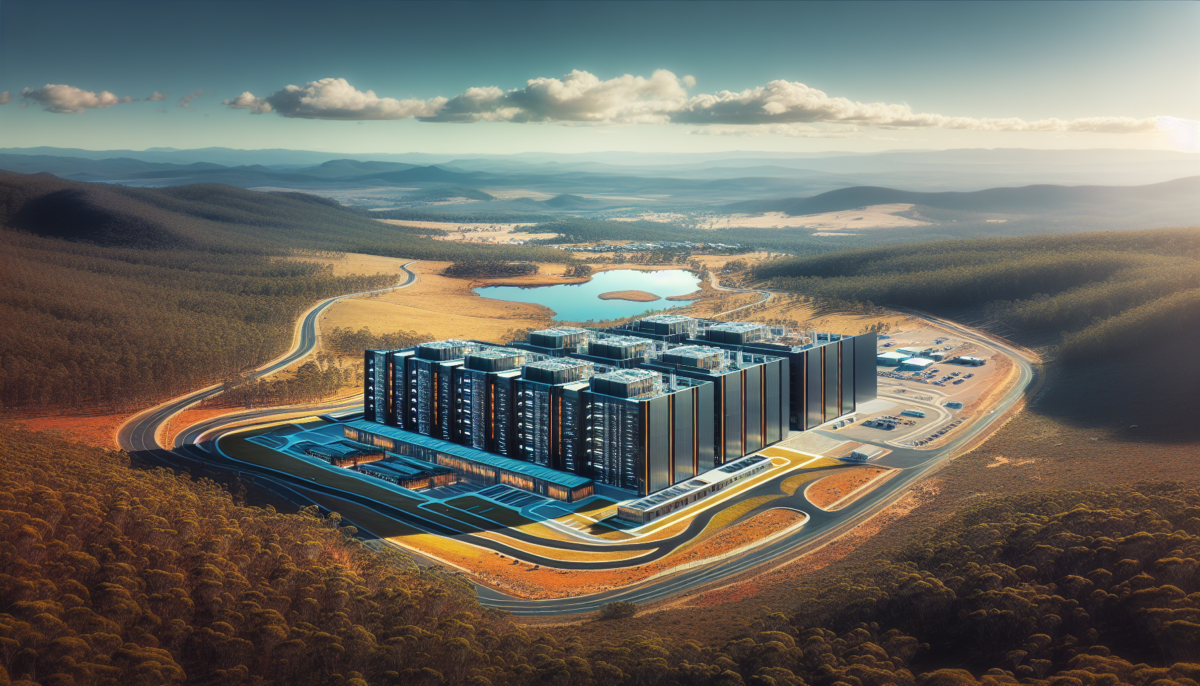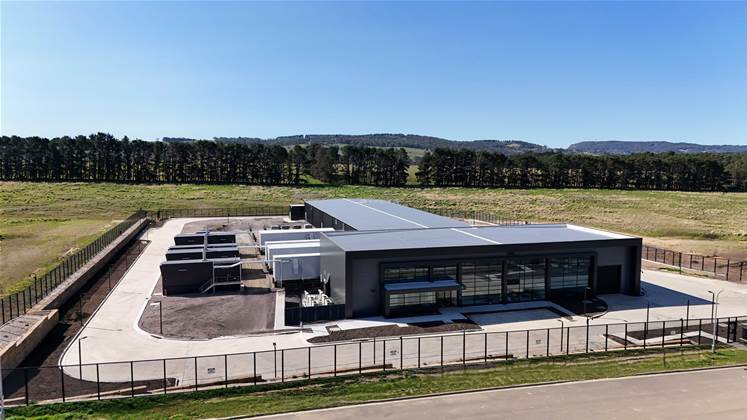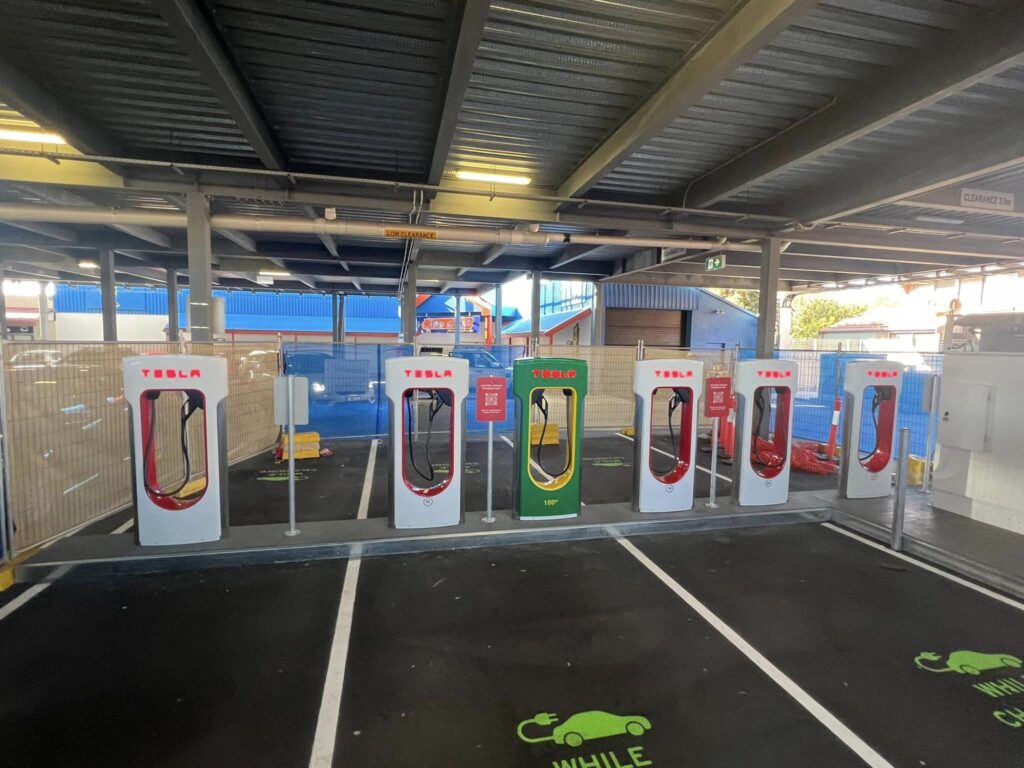Meta and Australian Banks Achieve Significant Progress in Combating Scam Advertisements
We independently review everything we recommend. When you buy through our links, we may earn a commission which is paid directly to our Australia-based writers, editors, and support staff. Thank you for your support!
Meta Teams Up with Australian Banks to Combat Scam Advertisements
Meta is taking significant action to address scam advertisements on its platforms, especially “celeb bait” ads that use the likenesses of famous individuals to mislead users into fraudulent investment schemes. Collaborating with Australian banks, Meta has successfully removed thousands of these harmful ads in response to intensifying regulatory scrutiny in Australia.
Quick Overview
- Since April 2023, Meta has deleted 8,000 scam ads from Facebook and Instagram.
- Scammers often rely on AI-generated images of celebrities to advertise fictitious investment opportunities.
- Meta is partnering with the Australian Financial Crimes Exchange (AFCX) to locate and address scam advertisements.
- Prime Minister Anthony Albanese’s administration is advocating for anti-scam legislation, which could impose fines of up to $50 million for non-compliance.
- In 2023, Australians suffered losses of $2.7 billion to scams, with scam reports rising nearly 20% compared to 2022.
- Meta faces legal action in Australia and the U.S. for not doing enough to stop scam ads.
Meta’s Strategy: Partnering with Australian Banks
Meta, which oversees Facebook and Instagram, has recently partnered with prominent Australian banks to tackle the growing issue of scam ads that utilize AI-generated images of celebrities to entice users into fraudulent investment schemes. Since April 2023, Meta has taken down 8,000 of these “celeb bait” ads following 102 reports from the Australian Financial Crimes Exchange (AFCX). The AFCX serves as an intelligence-sharing organization consisting of Australia’s leading banks, aimed at combating financial crime through collective data and insights.
Mechanics of These Scams
These scams typically exploit images of renowned personalities, altered by artificial intelligence, to promote fictitious investment options. High-profile figures like Mel Gibson, Russell Crowe, and Nicole Kidman have been misused in deceptive ads that falsely claim to provide substantial returns through cryptocurrency investments or other questionable financial avenues. The intent is to deceive unsuspecting individuals into relinquishing their funds.
The Australian Competition and Consumer Commission (ACCC) reports that these scams are not just prevalent but also worryingly effective. The ACCC noted nearly a 20% increase in scam incidents, resulting in losses totaling an astonishing $2.7 billion in 2023 alone.
Australia’s Initiative for Anti-Scam Laws
In light of the rising incidents of online scams, the Australian government, led by Prime Minister Anthony Albanese, is working on a new anti-scam bill. This legislation, anticipated to be finalized by the close of 2023, may enforce penalties up to $50 million on social media, financial, and telecommunications firms that fail to address scam ads adequately.
The public consultation period for the draft legislation will end on October 4, 2023. Should this law be enacted, it will significantly pressure technology companies like Meta to enhance their strategies for detecting and removing fraudulent content from their platforms.
Meta’s Ongoing Legal Challenges in Australia and Beyond
Meta is currently facing legal hurdles concerning its management of scam advertisements. In 2022, the ACCC initiated a lawsuit against Meta, accusing the corporation of neglecting to curb the dissemination of cryptocurrency scam ads featuring Australian celebrities. Although the case has not yet gone to trial, it underscores the increasing scrutiny Meta is experiencing regarding its facilitation of deceptive advertisements.
Moreover, Meta is caught up in another lawsuit filed by Australian mining tycoon Andrew Forrest. Forrest claims that Meta allowed his likeness to be utilized in thousands of phony cryptocurrency ads on Facebook, leading to considerable financial losses for Australians.
Forrest asserts that despite raising alarms with Meta as early as 2019, the company did not take sufficient actions to halt the dissemination of these scam ads. His legal efforts are part of a broader movement led by public figures seeking to hold social media platforms accountable for their roles in facilitating online fraud.
Meta’s Reaction and Initial Outcomes
David Agranovich, Meta’s Director of Threat Disruption, recognized that the company’s initiatives to fight scam advertisements in Australia remain in the initial phase. Nonetheless, he expressed hope regarding the advances made thus far, mentioning that “a small amount of high-value signals” can assist in pinpointing a significantly larger network of fraudulent activities. These signals, which consist of indicators of inauthentic content in advertisements, are being utilized to more efficiently combat scam ads.
While Meta has not yet taken a definitive stance on the proposed anti-scam legislation in Australia, it is reportedly reviewing the draft law. “I expect we’ll have more to share specifically on that later,” Agranovich stated during a media briefing.
Industry Responses and Proactive Steps
Rhonda Luo, Head of Strategy and Engagement at the AFCX, emphasized the importance of proactive industry actions in the battle against online scams. “It’s essential to stay ahead of the curve on scams rather than waiting for regulation to take effect,” Luo noted. The partnership between Meta and Australian banks is viewed as a significant move in this direction, yet considerable efforts remain to shield consumers from online deception.
Conclusion
Meta’s removal of 8,000 scam ads from Facebook and Instagram represents a notable achievement in its collaboration with Australian banks to combat online fraud. These scams, frequently employing AI-generated images of celebrities, are part of a larger global concern that has resulted in billions in financial damages. As the Australian government prepares to unveil new anti-scam legislation, Meta and other tech firms are under growing pressure to enhance their efforts against online scams. Nevertheless, ongoing legal disputes and increasing criticism indicate that further actions are essential to safeguard users from financial fraud.
Q: What are “celeb bait” scam ads?
A:
“Celeb bait” scam ads utilize images of well-known personalities, often manipulated through artificial intelligence, to endorse fraudulent investment schemes. These ads deceive users into thinking that celebrities are supporting these fake opportunities, prompting them to invest in non-existent projects.
Q: How is Meta collaborating with Australian banks to combat scam ads?
A:
Meta has formed a partnership with the Australian Financial Crimes Exchange (AFCX), an intelligence-sharing organization created by major Australian banks, to detect and eliminate scam ads. Since April 2023, Meta has removed 8,000 scam ads highlighted by the AFCX.
Q: What actions is the Australian government taking to fight online scams?
A:
The Australian government is advocating for new anti-scam legislation that could impose penalties of up to $50 million on companies that do not fulfill their responsibilities in combating scam ads. The public consultation for this bill is slated to close on October 4, 2023, with the law expected to be introduced by year-end.
Q: How much have Australians lost to scams in 2023?
A:
According to the Australian Competition and Consumer Commission (ACCC), Australians experienced losses totaling $2.7 billion due to scams in 2023, reflecting an almost 20% rise in scam reports compared to the year before.
Q: What legal challenges is Meta currently facing in Australia?
A:
Meta is facing lawsuits in Australia, including one from the ACCC, which claims the company failed to mitigate cryptocurrency scam ads featuring Australian celebrities. Additionally, mining billionaire Andrew Forrest has launched a separate lawsuit, asserting that Meta enabled the use of his image in fake advertisements, leading to considerable financial losses for Australians.
Q: How does Meta identify scam ads?
A:
Meta employs various signals to detect scam ads, including patterns of inauthentic content and suspicious behaviors within ads. The company is using these indicators to more effectively identify and remove fraudulent advertisements.














